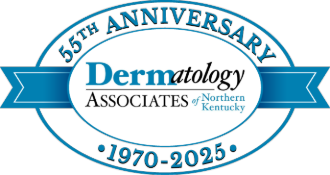Cryosurgery
What Is Cryosurgery?
Cryosurgery (or cryotherapy) refers to the application of extreme cold temperatures to treat a broad range of skin lesions and conditions. Liquid nitrogen (at –321F) is used and may be sprayed onto, or applied directly to the lesion with a Q-tip or other instrument.
What Can Cryosurgery Do?
Liquid nitrogen may be used to treat many skin conditions including actinic keratosis (precancers), seborrheic keratosis (age spots), warts, molluscum, solar lentigines (sun spots) and others. In many instances only one treatment is required. In other cases, such as warts, generally a series of treatments is needed.
What Can I Expect From The Cryosurgery Procedure?
Cryosurgery is a quick procedure that may take a few seconds to a few minutes, depending on the type and number of lesions treated. A topical anesthetic cream may be applied after cryosurgery to minimize discomfort. Most patients find the procedure somewhat uncomfortable but very tolerable. You will be provided with a post-op care instruction sheet to remind you how to treat the area. In most instances no treatment is required. The area will develop a crust that will peel away within one to three weeks. If a blister develops this may be drained with a sterile pin. Tylenol is recommended for any discomfort.
Are There Any Side Effects With Cryosurgery?
Most patients experience some discomfort immediately during and after the procedure. This generally fades quickly. Blistering may occur in patients who are very sensitive or when lesions require more aggressive treatment. Treated areas may heal with a spot that is darker or lighter than the surrounding skin.
